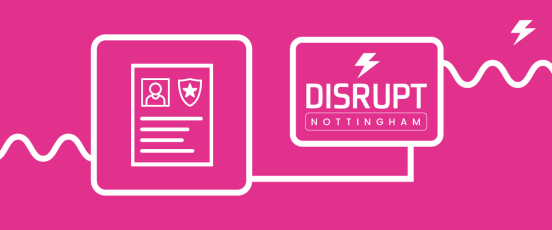Tips for tackling workplace bullying

No one expects to have to contend with the worst form of playground behaviour in the workplace. But unfortunately, bullies don’t always hang up their hats when they leave school, and their behaviour can be even more destructive in adulthood.
Let’s take a look at how to recognise and address bullying in the workplace.
What is workplace bullying?
Workplace bullying is a serious issue that can affect anyone, regardless of their position within an organisation. It's not just about the occasional clash of opinion - it's about repeated, harmful behaviour that undermines a person's dignity and wellbeing.
Examples can vary from overt acts of aggression like shouting and physical intimidation, to more subtle forms such as spreading rumours, excluding someone from meetings, or regularly undermining their work. Bullying isn't always obvious to outsiders, so it’s important not to dismiss an employee’s concerns just because you haven’t noticed them yourself.
You might be wondering how bullying is different from harassment in the workplace. While both involve causing harm to another person through intimidating and unwelcome behaviour, harassment typically involves explicit discrimination based on factors like race, gender, or religion.
Bullying, on the other hand, can target someone for any reason, and it can build up gradually over time. While bullying can be harder to prove, employers should take both behaviours extremely seriously.
The signs and impact of bullying in the workplace
Recognising workplace bullying is the first step to addressing it, and you might notice the emotional impact even before you spot the offending behaviour. Common indicators include feeling constantly belittled or humiliated by a colleague or manager. You may also notice a pattern of being singled out, excluded, or given unreasonable workloads or deadlines.
But the effect of bullying goes far further than an unpleasant experience for victims. It can lead to long-term mental health problems like stress, anxiety, depression, and even post-traumatic stress disorder.
On top of this, it creates a toxic work environment that undermines morale, increases conflict, and saps productivity and innovation. This can wreak havoc on overall employee experience in your organisation.
With stakeholders valuing ethical standards more than ever before, you may even find that tolerating bullying within your business puts customers, investors, and prospective employees off working with you.
How to respond to workplace bullying
Whether you’re an employee experiencing bullying or an employer handling a report of it in the workplace, it can be tempting to turn a blind eye. After all, no one likes confrontation, especially when you feel it could put your career at risk.
Despite your reluctance, it’s essential to take action against bullying as quickly as you can. Don't try to brave it out if you’re being bullied yourself, and don’t ignore or dismiss it if someone has confided in you.
As bullying can be difficult to prove, try to document incidents if you can, recording details including dates, times, and descriptions of what happened. This can provide valuable evidence if you need to escalate the issue formally. Keep this information confidential and secure until you’re ready to seek support from your manager, an HR professional, or another party.
As an employer, you should have clear grievance procedures in place for bullying and other forms of harmful behaviour. Ensure you follow this by thoroughly investigating allegations and taking appropriate disciplinary measures. And don’t forget to support affected employees through what’s likely to be a gruelling experience.
Employers' legal responsibilities
Employers have a legal obligation under the Health and Safety at Work Act 1974 to ensure the health, safety, and welfare of their employees. This includes protecting them from workplace behaviours that threaten these things.
At the same time, the Equality Act 2010 prohibits discrimination, harassment, and victimisation based on protected characteristics such as race, gender, age, and disability. Failing to address workplace bullying that overlaps with illegal behaviour can result in consequences such as fines and compensation payouts.
How to create a bully-free work environment
Aside from your legal responsibilities and the consequences for your business, as an employer you have an ethical duty to create a respectful work environment where all employees feel safe and supported.
There are plenty of proactive steps you can take to prevent workplace bullying and develop a healthy, positive work culture. Here are just a few:
- Develop clear policies and procedures that prohibit and address bullying behaviour, and make them easily accessible through an HR platform like People First.
- Educate employees and managers on how to recognise and respond to bullying at work.
- Encourage open communication and support employees to report incidents of bullying anonymously. This can help people feel comfortable speaking up.
- Create a more diverse and inclusive workplace through things like recruitment, training, and initiatives that support underrepresented groups. This reduces the likelihood of bullying based on protected characteristics.
Resources for victims of workplace bullying
Victims of workplace bullying can seek support from a range of sources, including these:
- Employee assistance programmes (EAPs) provide confidential counselling and signpost employees to organisations that can help.
- Trade unions can represent members experiencing bullying in the workplace, offering advice and guiding them through the grievance process.
- External organisations such as ACAS (Advisory, Conciliation and Arbitration Service) provide guidance and mediation to help resolve workplace disputes informally.
- Employment law solicitors advise employees on their legal rights and options, and can then support them to take legal action if they choose to.
Don't suffer in silence – if you’re a victim of workplace bullying or you’re aware of it in your organisation, act swiftly to avoid the negative consequences.



